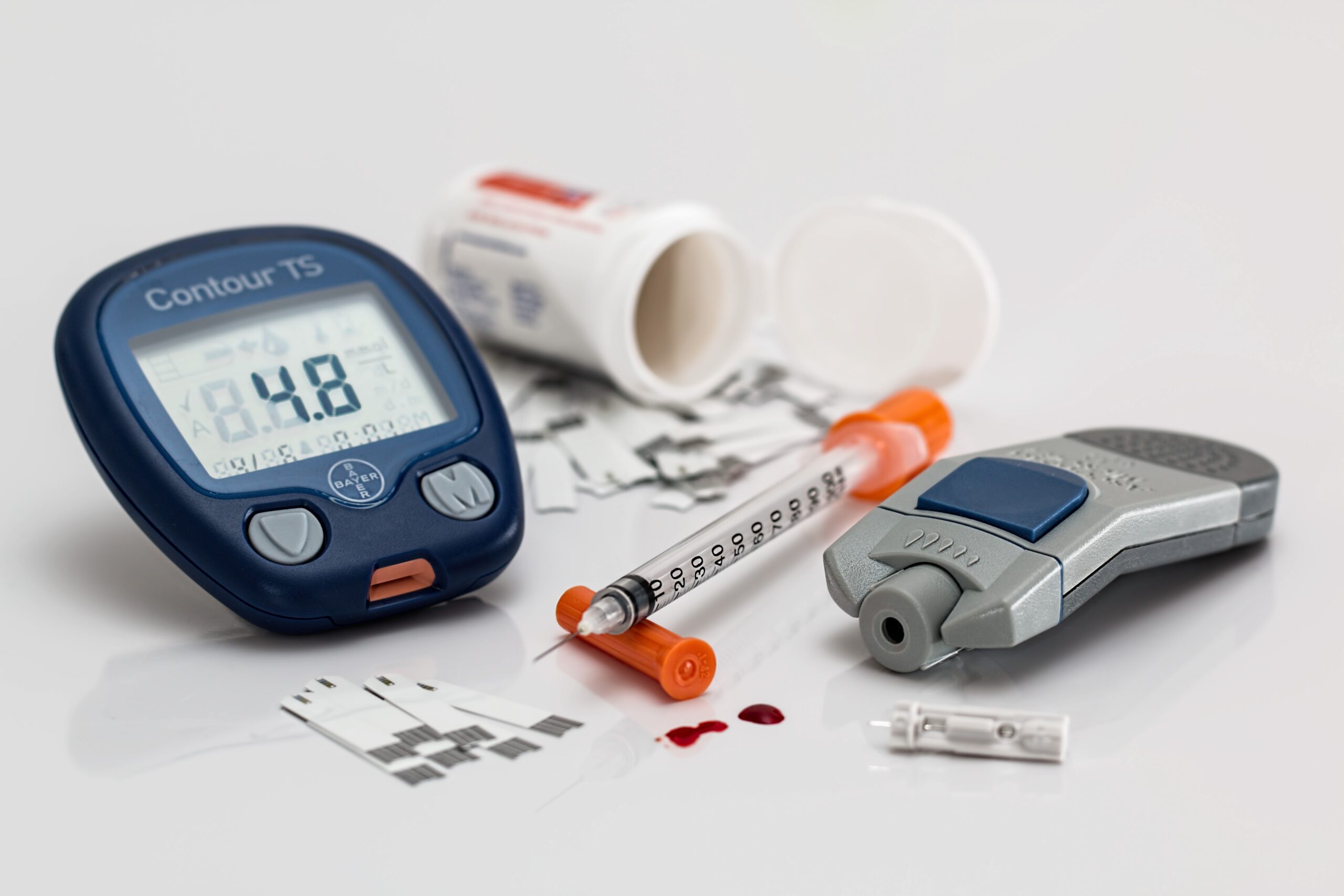The prevalence of Type 2 Diabetes is on the rise in most countries as obesity becomes more common. Obesity and Type 2 diabetes are related, but some people get Type 2 without being what is medically considered obese, and some people become obese without getting Type 2. So, what are the other risk factors? What kinds of people are most likely to get Type 2 diabetes?
Poor Diet An organ in your body called the pancreas releases a chemical called insulin in order to help your body break down the sugars that it uses for fuel. Type 2 diabetes is caused when your body becomes resistant to insulin, or when your pancreas doesn’t produce enough insulin to meet your body’s needs.
In either case, this can be the result of a diet that is consistently high in sugars, especially processed sugars like those that come from soft drinks, sweets, and some baked goods. That is why Type 2 diabetes is often linked with being overweight.
Low Physical Activity
Because physical activity causes your body to use energy, it lowers your blood sugar. As a result, a lack of physical activity can contribute to the consistently high blood sugar that can lead to Type 2. Physical activity is important for everybody, but if you have other risk factors that make you more likely to get Type 2, you may want to push yourself a little harder in order to stay active.
Genetics
Unfortunately, too much sugar and not enough exercise aren’t the only things that can cause Type 2 diabetes. Type 2 also has a genetic component. This means that if you have relatives or siblings who have Type 2, you might be more likely to get it. The genetic predisposition for Type 2 is also more common among certain ethnic groups, including Native Americans, African Americans, Asian Americans and Pacific Islanders, and Latin Americans. Men are also more likely than women to get it. Because Type 2 is genetic but is also brought on by a sedentary lifestyle and poor diet, and families often have similar lifestyles, it is often difficult to tell whether Type 2 in a family member is a social or genetic indicator.
Age
Type 2 diabetes used to be called “adult onset diabetes” to separate it from Type 1 diabetes which is caused by different things and is usually diagnosed in infancy or early childhood. While Type 2 is increasingly being diagnosed in children due to poor diet and low physical activity, it is still most often diagnosed in adults. Most people diagnosed with Type 2 are diagnosed after age 45. This is partially because after middle-age, most people begin to decrease their levels of physical activity which, as mentioned above, leads to higher blood sugar which can make Type 2 more common. Advanced age also brings its own medical complications that may make the disease more likely.
While you can’t turn back time, you can continue to make the onset of Type 2 less likely or less severe in your old age by maintaining a healthy diet and staying as active as possible for as long as possible.
It’s true that Type 2 is most common in overweight and under-active people. Unfortunately, this cast the disease as a strictly social disease that no one would have if they simply had the willpower to eat better and move more. While these lifestyle changes are important for preventing or managing Type 2 diabetes, it is also important that people understand the risk factors for Type 2 that people can’t change.
You can and should try to eat well and move often to lower your chances, but your biological sex, age, family history and ethnicity are risk factors that you just need to live with. Do your best.
Chef Murph
Tags: Chef K.T. Murphy, chef keith murphy, chef murph, Chef Murph TV, Chef Murphy, Chinese, food, Foodist Networks, Global Fusion Americana, Type 2 Diabetes
